
Writers & Artists YEARBOOK 2019 Other Writers & Artists titles include Writers & Artists Companions Series Editors: Carole Angier and Sally Cline Each title is full of expert advice and tips from bestselling authors. Crime and Thriller Writing by Michelle Spring and Laurie R. King Life Writing by Sally Cline and Carole Angier Literary Non-fiction by Sally Cline and Midge Gillies Writing Childrens Fiction by Yvonne Coppard and Linda Newbery Writing Historical Fiction by Celia Brayfield and Duncan Sprott Writing Short Stories by Courttia Newland and Tania Hershman Novel Writing by Romesh Gunesekera and A.L. Kennedy Playwriting by Fraser Grace and Clare Bayley Writing for TV and Radio by Sue Teddern and Nick Warburton NEW in July 2018 Childrens Writers & Artists Yearbook 2019 Take the great advice thats in this Yearbook David Almond Whenever people ask me about how to get their work for children published... the first words to come out of my mouth are always: Childrens Writers & Artists Yearbook Michael Rosen You can buy copies from your local bookseller or online at www.writersandartists.co.uk/shop Special offer Visit www.writersandartists.co.uk before 30 June 2019 and enter the promotional code WAYB19 to receive an exclusive 10% discount on our editorial services Writers & Artists YEARBOOK 2019 ONE HUNDRED AND TWELFTH EDITION THE ESSENTIAL GUIDE TO THE MEDIA AND PUBLISHING INDUSTRIES The perfect companion for writers of fiction and non-fiction, poets, playwrights, journalists, and commercial artists

This edition of the Yearbook is dedicated to the memory of bestselling novelist Penny Vincenzi: the doyenne of the modern blockbuster (Glamour magazine). Penny died in February 2018; her article on Writing bestselling womens fiction starts The Editor welcomes readers to this edition of the Writers & Artists Yearbook This Yearbook is full of advice, practical suggestions and thousands of updated contacts.
Think of it as your little black book (or rather as your rather sizeable red reference resource) of all the individuals and organisations across the media that will be useful to you as you write and prepare your work for publication. New articles this year celebrate the range of non-fiction being published. Frances Jessop suggests what makes for a well-conceived sports book (Writing sports books, ). For those of you starting out, you might be inspired by Wyl Menmuirs Debut success with an indie publisher (). New, too, is practical advice from agents Andrew Lownie (How to submit a non-fiction proposal, ) distils her professional expertise on the subject for the non-lawyer. As always, our intention is that you find much here to guide and inspire you in your writing and in your quest for publication.
Joanne Harris, in this years Foreword (), describes how she became a writer (and consulted this tome along the way). Alysoun Owen All articles, listings and other material in this Yearbook are reviewed and updated every year in consultation with the bodies, organisations, companies and individuals that we select for inclusion. To the best of our knowledge the websites, emails and other contact details are correct at the time of going to press. The Writers & Artists website (www.writersandartists.co.uk) provides up-to-the-minute writing advice, blogs, competitions and the chance to share work with other writers. You can sign up to our regular newsletter; browse our Writing Calendar; and learn about the editorial services we offer. We also run courses, workshops and other events, including How to Hook an Agent lunches and one-day How to Get Published conferences around the country.
Our listings service can be accessed at www.writersandartists.co.uk/listings. In addition to all the contacts in this edition of the Yearbook, subscribers are able to search hundreds of additional organisations and companies. Whatever your needs, we hope that Writers & Artists resources, whether delivered in print, online or at our events, will provide you with the information, advice and inspiration you are looking for. Short story competition The annual Writers & Artists Yearbook Short Story Competition offers published and aspiring writers the chance to win a place on an Arvon residential writing course (worth 1,000). In addition, the winners story will be published on the Writers & Artists website. To enter the competition, submit a short story (for adults) of no more than 2,000 words, on any theme by 13 February 2019 to .
You might like to read Writing short stories of this Yearbook.  runs three historic writing houses in the UK, where published writers lead week-long residential courses. Covering a diverse range of genres, from poetry and fiction to screenwriting and comedy, Arvon courses have provided inspiration to thousands of people at all stages of their writing lives. You can find out more and book a course online at www.arvon.org. Contents Praise for the Yearbook ... an entrance ticket to the world you long for. an entrance ticket to the world you long for.
runs three historic writing houses in the UK, where published writers lead week-long residential courses. Covering a diverse range of genres, from poetry and fiction to screenwriting and comedy, Arvon courses have provided inspiration to thousands of people at all stages of their writing lives. You can find out more and book a course online at www.arvon.org. Contents Praise for the Yearbook ... an entrance ticket to the world you long for. an entrance ticket to the world you long for.
Fay Weldon So much the budding writer needs. Martina Cole Read this book very carefully. Treasure it. Rachel Joyce ... buy a copy of the current Writers & Artists Yearbook and get yourself out there. J.K. J.K.
Rowling Everything you need to know about the business of being a writer. Lawrence Norfolk When youre looking to get published, its your Bible. The Association of Illustrators Every writer can remember her first copy of the Writers & Artists Yearbook. Rose Tremain The wealth of information ... is staggering. and talked to editors about ideas for stories. and talked to editors about ideas for stories.
Pretty soon I found myself hired to do interviews and articles. Neil Gaiman The one-and-only, indispensable guide to the world of writing. William Boyd Joanne Harris I wrote my first book when I was nine. It was a 17-page adventure story, handwritten, lavishly illustrated, entitled Flesh-Eating Warriors of the Forbidden City. My best friend and I micro-published it by copying it out a dozen times, packaged it with a suitably bloodthirsty cover and blurb and sold it, for sweets, to our schoolfriends. We basked in an abundance of sweets, which we ate without telling our parents, and for a week became the richest and most popular kids in the class.
It was the most lucrative book deal I was to have for the next 30 years. Encouraged by this early success, I announced to my family my plan to become a novelist when I grew up. My mother (a teacher, the child of a teacher, married to a teacher) looked surprised, and not in a good way. She led me to a room in our house that was filled with books, mostly by 19th-century French novelists who had died (as she informed me) penniless, in the gutter, of syphilis, and asked me to reconsider my career choice. To no ones surprise, I grew up to become a teacher, and remained in teaching for 15 years. That said, I never gave up my passion for writing.
I kept it a secret from everyone, writing my stories by hand in a series of notebooks, until my soon-to-be husband bought me my first word processor as a birthday present and, having taught myself to type by transcribing my work-in-progress, I began to experiment with the idea of sending my novel to publishers. In those pre-internet days, I knew nothing about the process of submission. I had no idea that most publishers did not read unsolicited manuscripts, or that my manuscript should be double-spaced and printed on only one side of the paper. My one rejection letter was devastatingly kind: This is quite well written, but far too long and complicated for a childrens book. PS: illustrations should be of professional quality. The rest of the publishers I approached did not reply at all.

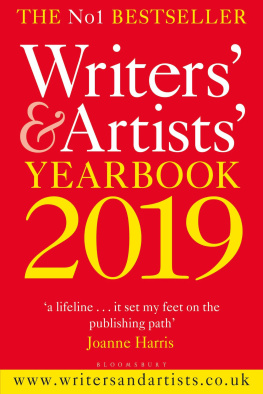

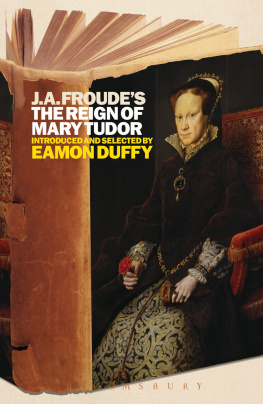

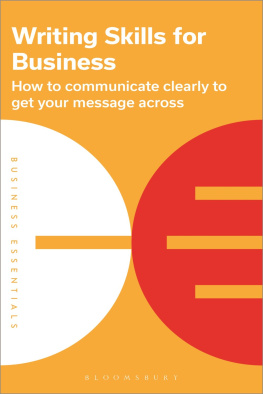
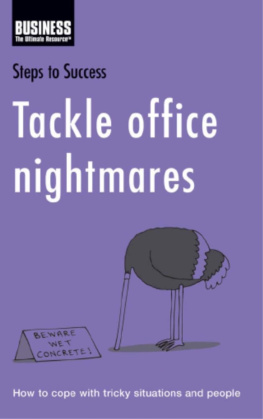
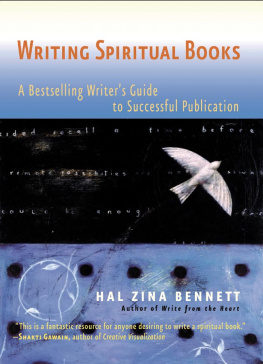
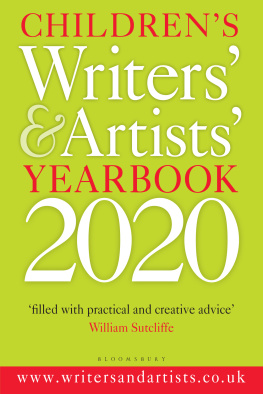
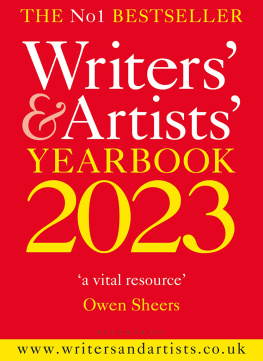
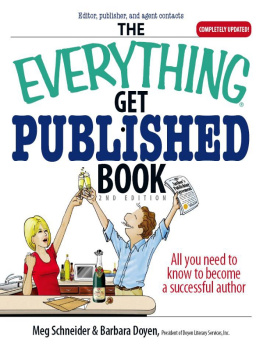
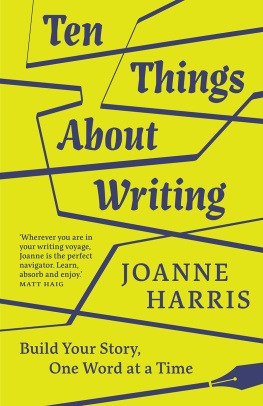

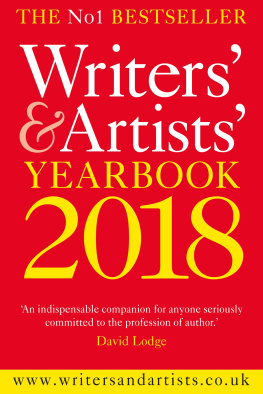



 This edition of the Yearbook is dedicated to the memory of bestselling novelist Penny Vincenzi: the doyenne of the modern blockbuster (Glamour magazine). Penny died in February 2018; her article on Writing bestselling womens fiction starts The Editor welcomes readers to this edition of the Writers & Artists Yearbook This Yearbook is full of advice, practical suggestions and thousands of updated contacts.
This edition of the Yearbook is dedicated to the memory of bestselling novelist Penny Vincenzi: the doyenne of the modern blockbuster (Glamour magazine). Penny died in February 2018; her article on Writing bestselling womens fiction starts The Editor welcomes readers to this edition of the Writers & Artists Yearbook This Yearbook is full of advice, practical suggestions and thousands of updated contacts.  runs three historic writing houses in the UK, where published writers lead week-long residential courses. Covering a diverse range of genres, from poetry and fiction to screenwriting and comedy, Arvon courses have provided inspiration to thousands of people at all stages of their writing lives. You can find out more and book a course online at www.arvon.org. Contents Praise for the Yearbook ... an entrance ticket to the world you long for. an entrance ticket to the world you long for.
runs three historic writing houses in the UK, where published writers lead week-long residential courses. Covering a diverse range of genres, from poetry and fiction to screenwriting and comedy, Arvon courses have provided inspiration to thousands of people at all stages of their writing lives. You can find out more and book a course online at www.arvon.org. Contents Praise for the Yearbook ... an entrance ticket to the world you long for. an entrance ticket to the world you long for.